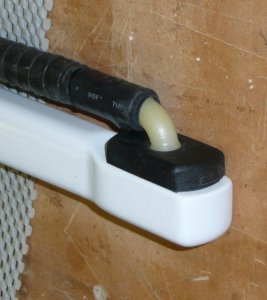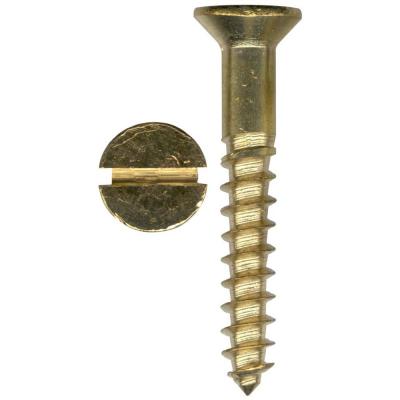D
Deleted member 35182
Guest
So while tryimg to screw in the tiller extension into the tiller, the tillers wood cracked. Would it be possible to get some ash wood from home depot and replace the wood, or would I have to buy it specifically froma sunfish store at $60ish?
Also are small dings in the gel coat of the hulk anything to worry about? Should i bother patching them if they're no thicker than hair?
So far I've taken my sunfish out thrice (once solo) and had a blast, but its tough and i havent gotten the hang of it yet.
Also are small dings in the gel coat of the hulk anything to worry about? Should i bother patching them if they're no thicker than hair?
So far I've taken my sunfish out thrice (once solo) and had a blast, but its tough and i havent gotten the hang of it yet.


